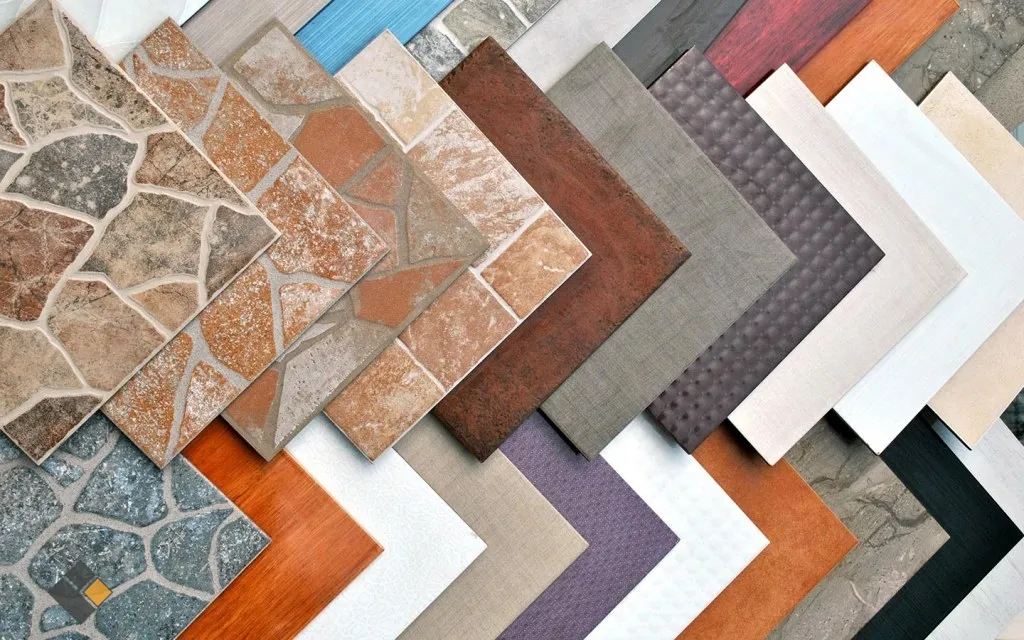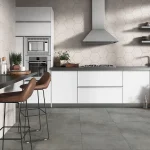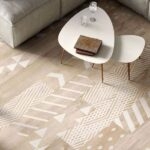
In short, ceramic tiles are a friend!
Does your child love to explore every inch of the house? You can allow time by glass, email, email, email, or email. It causes allergies, and it does not retain particles of dust, dirt or bacteria, which makes it ideal for contact with children or people with allergies. Plus, it’s easy to clean: Say goodbye to weekends of cleaning the house!
Environmental and Glamorous
But ceramic tiles are environmental above all! They are produced according to strict international standards in terms of reducing pollution and environmental impact during both the supply and production phases.
Ceramics are made only from raw materials of natural origin, such as sand and clay, and can contain various proportions of recycled materials, to reduce waste and environmental impact. Once removed, they can be reused to create new sub-bases, thus avoiding sending useless materials to landfill and extracting new raw materials.
In addition, ceramics are an excellent conductor of heat, which helps reduce costs and the environmental impact of a home heating system.
So…goodbye high bills!
It is versatile, beautiful and elegant. Surfaces can imitate any material and have aesthetic effects, from wood to stone, from marble to cement, and allow you to experiment with colors, glazes, textures, design effects, and 3D patterns.
But of all the materials the market has to offer, why is it?
Because ceramic is security! Among the most hygienic and high-performance materials, ceramics are not afraid of competitors … or adverse conditions. Cold, ice and snow do not deform it and do not affect the scorching sun, because they are resistant to heat and ultraviolet rays. In short, porcelain retains its beauty over time.





